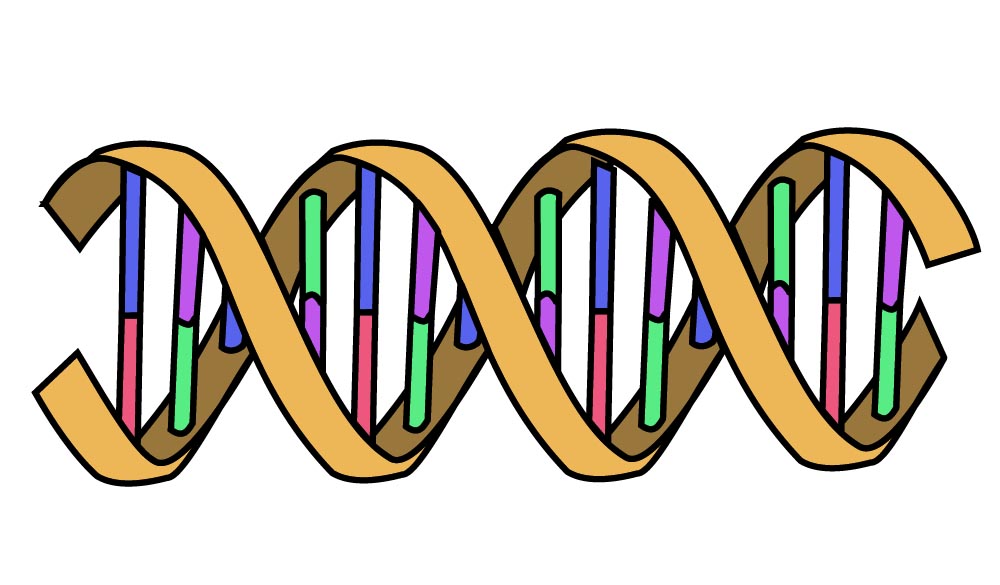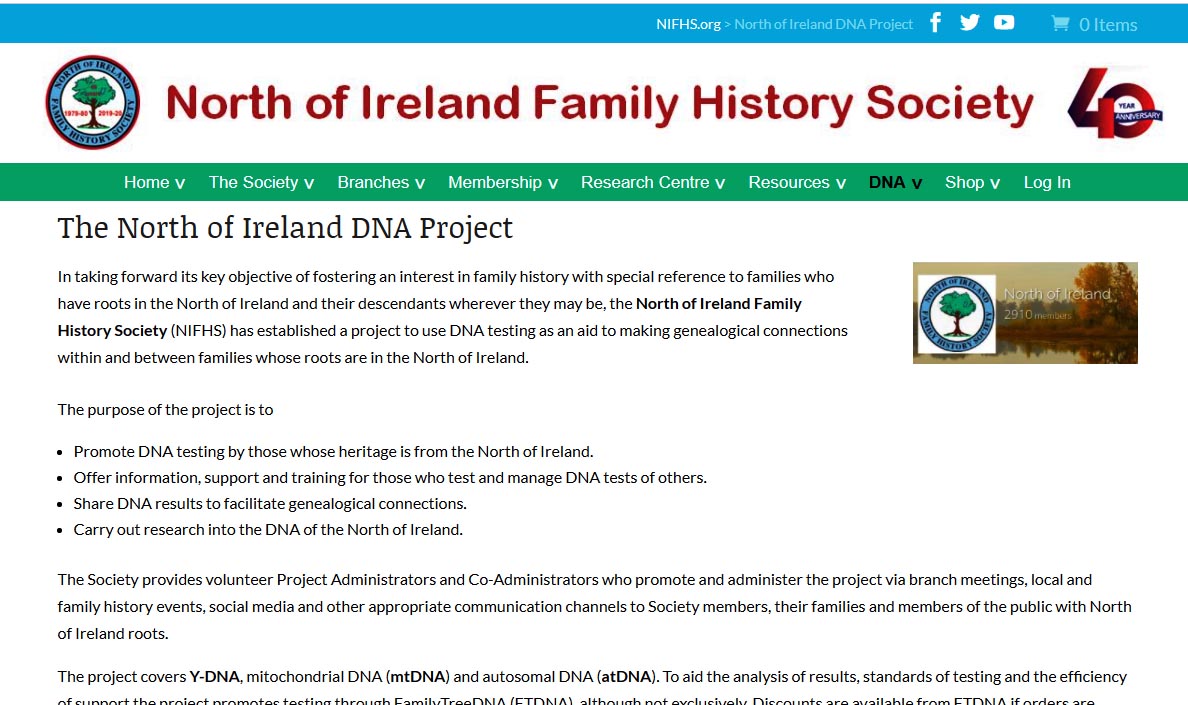
DNA as a boost to your Family History Research
(Points from a recent FHS online event)
Benefits of doing a DNA test:
- Can unearth ancestors unlikely to be found by traditional methods
- Confirms-or disproves- what you have found out by traditional methods
- May bring your family line right down to the present day, which other methods cannot because of the “redaction” of potentially living persons from records.
10 Tips to get the best from DNA research
1.0 Classic, written-out Family Trees are still vital
Always put one on the website within which you are doing your initial DNA test and on others you also use-see later. Then other people who get flagged with a DNA match with you can see the potential ancestor(s) who overlap, and get in touch with you. Likewise if they have put their trees on, you can see their match(es).
2.0 DNA test others in your family to gain more information
Cousins, Aunts and Uncles of yours share DNA with only one side of your tree, hence matches common to both of you are immediately focused in. Siblings of yours also add information because they have almost inevitably inherited some DNA fragments that you have not from your parents.
(Note that you may have to manage the test for especially older members of your family. All you need is their cooperation and a saliva sample)
3.0 Look for Shared Matches.
Those matches shared by others in your tree are immediately firmed up as related to you. Certain companies are especially good at helping you do this-notably Family Tree DNA. Note that you don’t have to have done your original research with them to do this-see later. Ancestry highlights shared matches but only at time of speaking to 20 CentiMorgans (cM) or higher -the standard way that the strength of matches is measured.
4.0 Size Matters!
Inherited DNA dilutes down the generations at a fairly standard rate, so by seeing how much shared DNA you have, this immediately indicates the possible relationships that give that level of sharing. There is a useful table here that you can use. You just put in the number of centiMorgans you match with someone, and the possible relationships are highlighted, It is on:
https://dnapainter.com/tools/sharedcmv

5.0 Location, Location, Location!
Where did the family originate from? Go down as far as you can, by country if emigrants/immigrants, by region, by county. The amount of available information on locations drawn from DNA matching differs from search company to company (My Heritage is one of the best). Hence:
6.0 Upload your DNA file to as many sites as possible
You can only match to others whose profiles have been put on any one company, hence if you only look for matches where you had your original test done, you are missing out big chunks of the possibilities.Also different sites have different streangths and weaknesses, as exampled above.
Different companies have different policies. Living DNA, GeD Match, Family Tree and my Heritage will all accept your profile for upload for free, even if you did not buy the test through them. Ancestry will not-so arguably the best policy is to do your test with Ancestry, download your DNA file and then take it across to the others.
Helpful tips about uploading (and many other aspects of DNA research) are on:
Nifhs.org/dna/

7.0 Look at X matches if you can
Not all companies offer this service (Ancestry and My Heritage don’t). It is often useful, however as a male child inherits a Y chromosome from his father and an X chromosome from his mother. That X is a recombination of the two X chromosomes the mother inherited from her parents. When a male tester has a match on X-DNA , hence the entire paternal half of his family tree and portions of the maternal half can be eliminated as a source of the match.
8.0 Take great care when contacting matches.
How you do it will greatly affect your likelihood of success. Adopt a tone in your email that is pleasant and polite and never demanding. This might seem obvious, but is so often done wrongly.
Be very clear who you are writing about, as the person you are contacting may look after 2, 3 or even a dozen accounts. Never just say “on your tree”. Also a high proportion of accounts are under a pseudonym. Likewise be clear which account you are writing about if you manage more than one. If you get no reply then wait about 3-4 weeks then make one last attempt, enclosing your last note and saying implying gently that they may have missed it, and that you would really appreciate any information they may have.
9.0 Consider taking different types of DNA test
The basic DNA test that Ancestry and the others promote is an Autosomal test, which is the DNA inherited from both parents, but it does fall in accuracy as you go back through the generations, so after 7 or 8 generations back it is getting very thin. Both Y DNA and Mitochondrial (M) DNA can reach back through many hundreds of years, 24 generations of more. They are also very specific:
Y DNA follows the patrilineal line, that is father>father>father>father, so much more specific than the paternal line, which is all your father’s ancestors. It is hence very closely linked to surname research.
M DNA likewise only follows the matrilineal line , that is mother>mother>mother, so is much more specific than the maternal line, which is all your mother’s ancestors.
Family tree DNA has better Y and M facilities for matching than the other companies at present.
10.0 Stick at it!
Don’t see DNA research as something that you “do” and that’s that. New people will be joining all of the companies you locate your DNA with every day. You will find something new almost every time you start to investigate your matches, especially if you use some of the tips above.
Always take copious notes on every individual you look at, and have them in a paper or onscreen system that means you can retrieve and add to them easily over time. A pile of scraps of paper is NOT a system, and will not reward you well.
With a little effort, DNA research can be a huge boost to your family History research, and for a very modest initial financial outlay (look out for their special offers).
Good luck with your DNA research!

